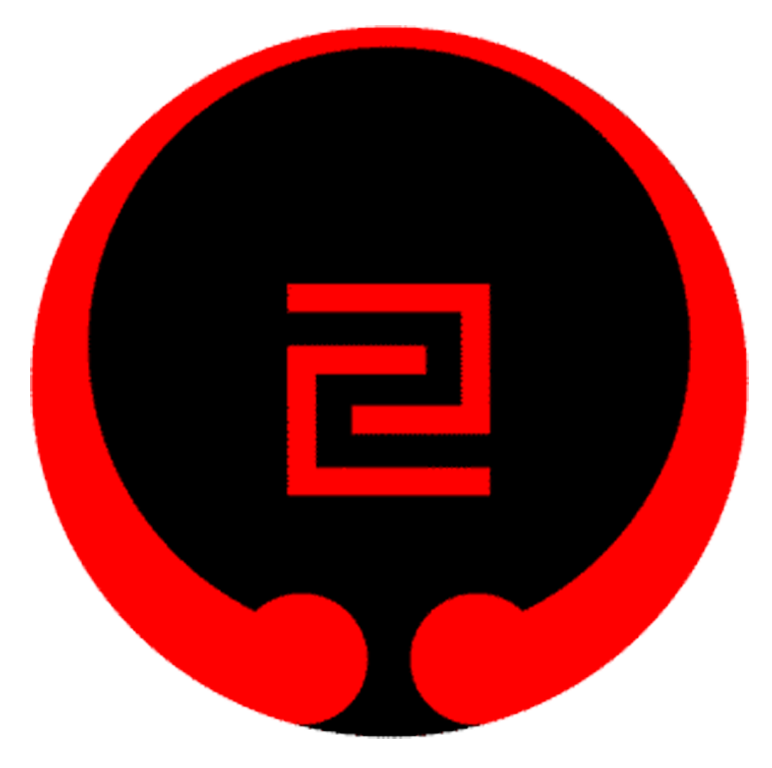| Kata |
Meaning |
| GEKISAI-DAI-ICHI & GEKISAI-DAI-NI |
Gekisai means "to destroy or demolish". These Katas were created by Chojun Miyagi and are designed for beginners. They contain exaggerated movements and are relatively easy to learn. |
| SAIFA |
Saifa means, "tearing" and is of Naha-te origin. It is also known as "Circle/Circular" Kata. |
| SEIYUNCHIN |
Seiyunchin is said to mean "marching far quietly" or "pulling" and is also known as the "Earth" or "Dragon" Kata. It is of Chinese origin. |
| SHISOCHIN |
Shisochin means, "fighting four" and refers to fighting in four directions and is of Chinese origin having been taught to Kanryo Higoanna by Ryu Ryu Ku. |
| SANSERU |
Sanseru when written in Chinese characters is the number 36. It also focuses on fighting in all four directions. |
| SEPAI |
Sepai is the number 18. It is of Chinese origin. |
| KURURUNFA |
Kururunfa is an advanced Kata. It is also of Chinese origin. |
| SEISAN |
Seisan means "thirteen hands". It contains eight defensive and five offensive moves.
|
| SUPERINPEI |
Superinpei is the number 108 and is said to refer to a warrior group of 108 men who, in the 1600's travelled the countryside righting wrongs - Robin Hood style. |
| SANCHIN |
Sanchin means "three battles" - the three being the body, the mind and the spirit. Kanryo Higoanna brought it back from China. |
| TENSHO |
JTensho means "flowing or changing hands". Tensho is also known as "Heavenly Palm". Chojun Miyagi created it. It is a combination of dynamic tension and deep breathing with soft flowing hand movements. |
| Command |
Meaning |
| SHUGO |
Line up |
| KI O TSUKE (key-scay) |
Attention |
| SEIZA (say-tsar) |
Kneel |
| MOKUSO |
Meditation (Close eyes) |
| MOKUSO YAME |
Open eyes |
| SHOMEN NI |
Face forward |
| REI (ray) |
Bow |
| KIRITSU (care-writ-sue) |
Stand up |
| YOI (yoy) |
Ready i.e. in musubi dachi position |
| KAMAE (cam-I) |
On guard i.e. take up your position ready to fight or assume a set position as in moving basics |
| HAJIME |
Begin (or continue) at your own speed or count |
| MAWATTE |
Turn round or "about face" |
| ASHI O KAETE |
Change leg (stance) |
| MO ICHI DO |
One last time |
| YAME |
Stop |
| JODAN (jo-dan) |
Upper area: from the collar up, the face. |
| CHUDAN (choo-dan) |
Centre area: from the collar to the belt, stomach. |
| GEDAN (gay-dan) |
Low area: groin. |
| Command |
Number |
| ICHI (itch) |
One |
| NI (knee) |
Two |
| SAN (san) |
Three |
| SHI (she) |
Four |
| GO (go) |
Five |
| ROKU |
Six |
| SHICHI |
Seven |
| HACHI |
Eight |
| KU (coo) |
Nine |
| JU (due) |
Ten |
